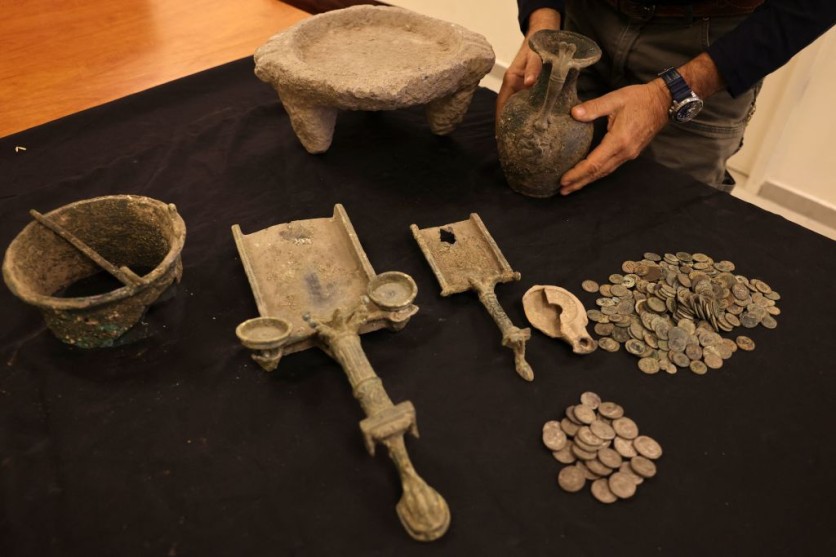Archaeologists from the UCL Institute of Archaeology have made a significant discovery in Kent, unearthing some of the largest stone artifacts from prehistoric times in Britain.
The excavations, carried out in advance of the development of the Maritime Academy School in Frindsbury, unveiled ancient artifacts that had been preserved in deep sediments from the Ice Age. These sediments were found on a hillside overlooking the Medway Valley.

300,000-year-old Stone Artifacts
The team of researchers, hailing from UCL Archaeology South-East, uncovered around 800 stone artifacts estimated to be over 300,000 years old. These artifacts were buried in sediments that filled a sinkhole and an ancient river channel.
Among the discoveries were two exceptionally large flint knives described as "giant handaxes." Handaxes were stone tools crafted on both sides to create a symmetrical shape with a long cutting edge. It is believed that these tools were primarily used for butchering animals and cutting meat.
The largest handaxe found at the Maritime site is an impressive 29.5cm in length, making it one of the longest ever discovered in Britain. These "giant handaxes" are typically associated with the Thames and Medway regions and trace back over 300,000 years.
Senior Archaeologist Letty Ingrey from the UCL Institute of Archaeology expressed awe at the size of these tools and pondered their purpose. The sheer magnitude of these handaxes raises questions about their practical use and suggests they may have served a more symbolic function, showcasing strength, and skill.
The excavation site offers an opportunity to delve into the reasons behind the creation of such large tools and the identity of the early humans who crafted them.
The site is believed to belong to a period in early British prehistory when Neanderthal people were emerging, potentially coexisting with other early human species.
The landscape of the Medway Valley at that time was characterized by wooded hills, river valleys, and an array of wildlife including red deer, horses, and extinct species like the straight-tusked elephant and lion.
Ice Age Landscape
Dr. Matt Pope from the UCL Institute of Archaeology emphasized the value of the Maritime Academy excavation, offering an invaluable glimpse into the development of an Ice Age landscape that existed a quarter of a million years ago.
Through scientific analysis conducted by specialists from UCL and other institutions, researchers aim to understand the significance of the site to ancient people and how these stone artifacts, particularly the "giant handaxes," aided their adaptation to the challenges of the Ice Age environment.
Currently, the research team is dedicated to identifying and studying the recovered artifacts to gain a better understanding of their creators and the purposes these tools served.
Senior Archaeologist Giles Dawkes from the UCL Institute of Archaeology has also led the discovery of a Roman cemetery at the site, dating back to the first to fourth centuries AD.
The cemetery is believed to be associated with a suspected nearby villa located approximately 850 meters south of the site. The remains of 25 individuals were found, with cremated remains and wooden coffins among the burial practices. Personal items, including bracelets, were discovered with nine of the buried individuals, while pottery and animal bones suggest feasting rituals.
Related Article : 2,000-Year-Old Cave Art May Suggest that Ice Age Hunter-Gatherers Were the First to Use a Calendar - New Study

ⓒ 2025 TECHTIMES.com All rights reserved. Do not reproduce without permission.




